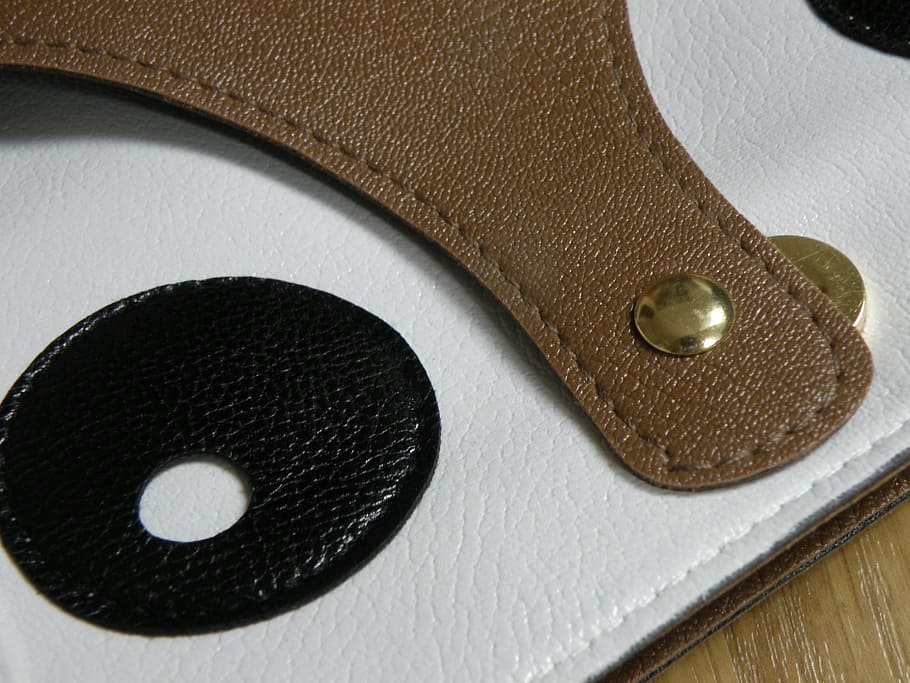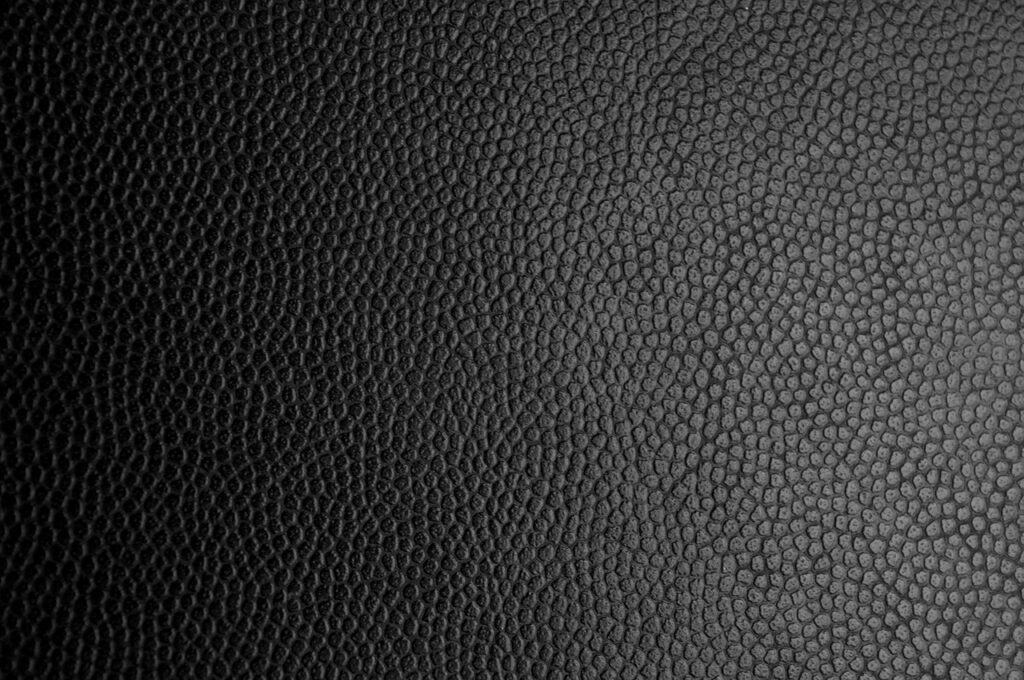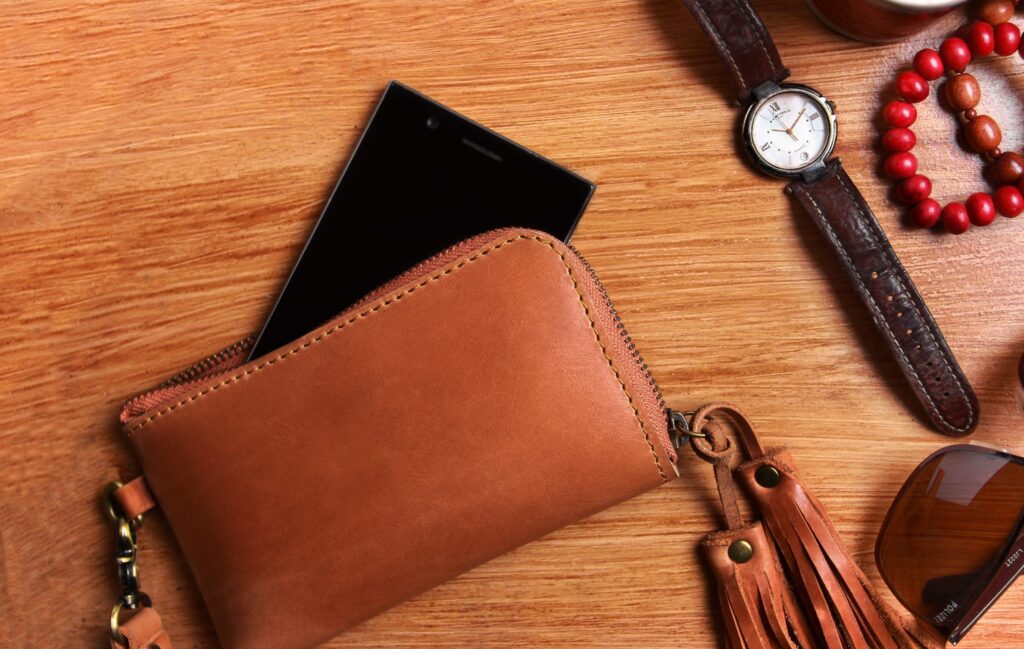PU Leather-

An attractive material that has taken the fashion and upholstery sectors by storm, PU leather is now available to you. Learn more about polyurethane (PU) leather – its history, production method, advantages and comparison to genuine leather – in this detailed guide.
Understanding PU Leather:
What is PU leather?
Polyurethane (PU) leather is a synthetic material that attempts to mimic the texture and appearance of real leather. It’s a green alternative that looks just as good as animal products, but doesn’t harm the environment.
Manufacturing Process:
Coating a base material – usually fabric or split leather – with a layer of polyurethane is the process that creates PU leather. The end product is a long-lasting, water-resistant material that can be shaped to a variety of textures, from shiny to rough.
Advantages of PU Leather:

Affordability:
Being cheap is one of the main advantages of PU leather. The fashionable look of leather can now be enjoyed by everyone without emptying their bank accounts.
Variety of Styles:
When it comes to style, PU leather is quite adaptable. There are endless possibilities for interior and fashion design because of the ability of manufacturers to create a rainbow of colors, patterns and textures.
Easy Maintenance:
Protected against stains and fading, PU leather looks indistinguishable from genuine leather. In most cases, all it takes to clean is a damp cloth. This is the perfect choice for people who lead busy lives.
Comparing PU Leather to Genuine Leather:

Sustainability:
Since it does not use any animal products, PU leather is seen as a more eco-friendly option. Compared to traditional leather production, its production also uses fewer resources.
Durability:
Although genuine leather has a long lifespan, artificial leather is becoming increasingly popular. As long as you take good care of it, it will last a long time and be useful in many different situations.
Environmental Impact:
Compared to traditional leather processing, which uses chemicals and large amounts of water, the manufacturing of PU leather is generally less harmful to the environment.
Conclusion:
Ultimately, synthetic upper-cut leather is a testament to how far the fashion and design industries have come. Consumers and designers are attracted towards it due to its affordability, adaptability and eco-friendliness. Because it’s aesthetically pleasing and ethically sound, PU leather has become a celebrity favorite, appearing in everything from fashionable clothing to funky furnishings. Stand up for eco-friendly fashion by embracing the allure of PU leather today.
Table of Contents
FAQ-
what is pu leather?
Polyurethane (PU) leather is a man-made alternative to genuine leather that looks and feels exactly like the real thing. It is like a chameleon in the physical world. It starts with a fabric base – usually cotton or polyester – and is finished with a smooth polyurethane veneer. A smooth, shiny finish that mimics the feel of its natural counterpart is the result of this blend. If you’re looking for an affordable option that doesn’t skimp on style, look no further than PU leather. Its eco-friendly design, which avoids using animal skins, is another selling point. In the world of fashion and design, PU leather is a synthetic symphony of style and substance, even though it can’t match the long-lasting toughness and breathability of genuine leather.
what is pu leather made of?
PU leather, or polyurethane leather, is made by coating a base material with a layer of polyurethane. The base material is usually a fabric such as polyester or cotton. The process involves applying a polyurethane coating to the fabric, which gives the material its characteristic smooth and shiny surface. The use of polyurethane, a synthetic polymer, differentiates PU leather from genuine leather, which comes from animal skins. This synthetic composition makes PU leather a versatile and cost-effective option, as well as a more eco-friendly option for those who prefer not to use animal products.